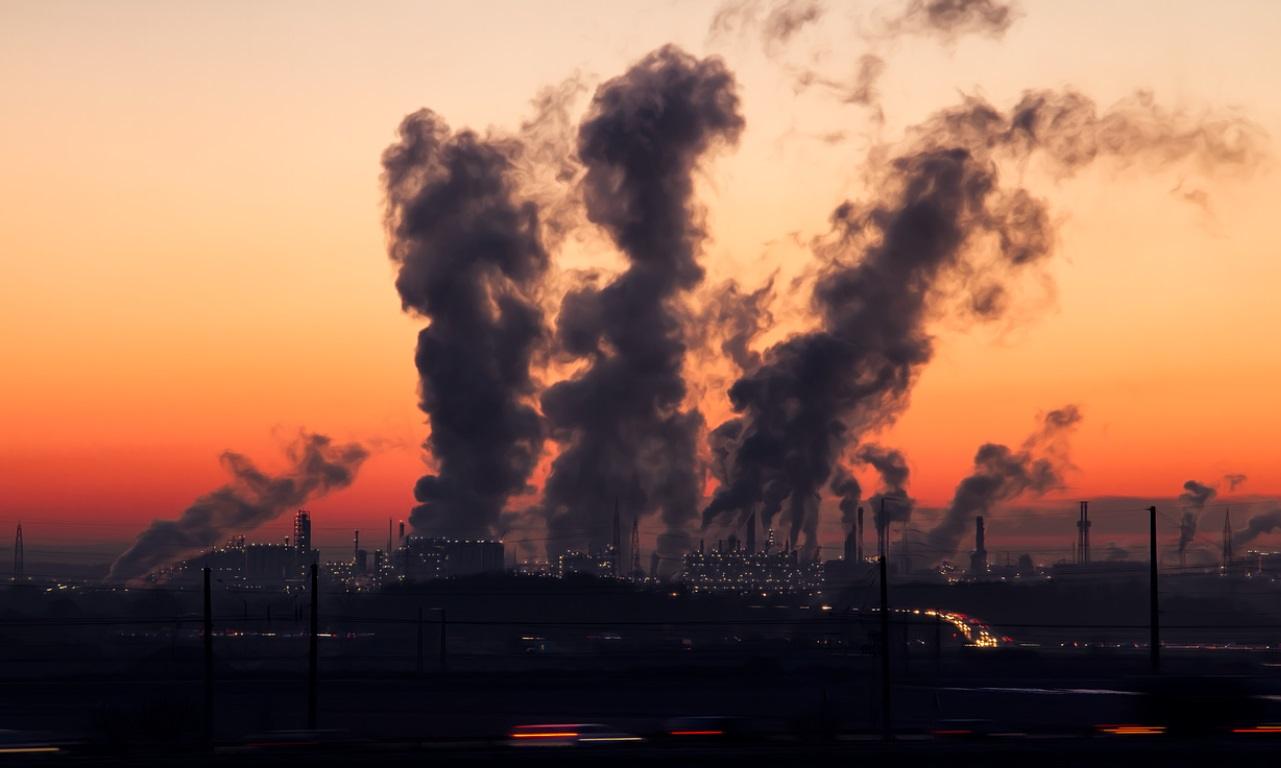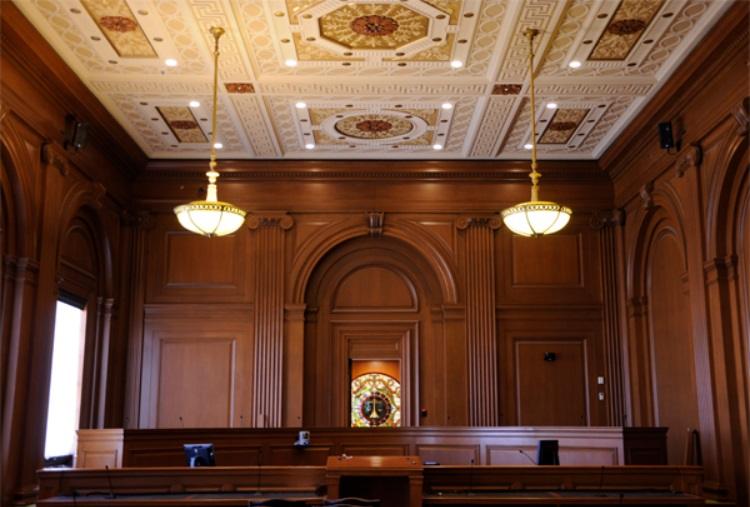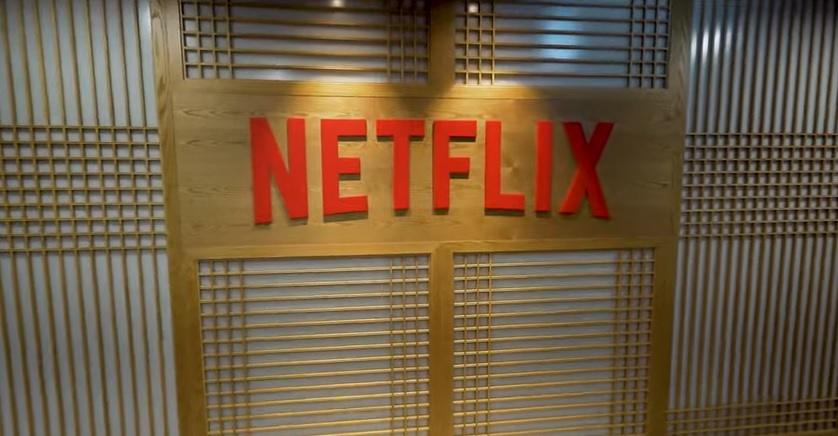UK to Allow Use of Carbon Removals in Emissions Trading System
The UK government’s Emissions Trading Scheme Authority announced that it has decided to integrate greenhouse gas removals (GGRs) into its Emissions Trading Scheme (ETS), allowing the use of carbon removals for companies to address hard-to-abate emissions to meet their allowances under the industrial GHG emissions reduction system.
Launched in 2021 to replace the UK’s participation in the EU’s Emissions Trading System, the UK ETS sets a limit on greenhouse gas (GHG) emissions for key GHG intensive sectors, which decreases over time to motivate companies to lower emissions in line with sector climate goals, with companies obtaining allowances for every tonne of emissions the produce each year. Companies that are successful in reducing emissions below the cap limit are able to sell emissions allowances on the secondary market to other industry participants, creating a carbon price, and spurring companies to invest in cleaner energy and improved energy efficiency.
The announcement follows the launch of a consultation last year into the integration of removals into the ETS. According to the consultation response, the integration aims to both support the UK’s goal to achieve its net zero targets and the scaling up of the removals market. In the consultation, the government said:
“In addition to emissions reductions, Greenhouse Gas Removals (GGRs) are needed to balance residual emissions from hard-to-abate sectors if we are to reach net zero. We need to significantly scale up removals deployment, at the same time as continuing with steep emissions reductions. The integration of removals into the UK ETS represents a significant opportunity to advance towards our climate goals. The UK ETS could drive both emission reductions and carbon removal in one efficient market.”
The response added that “in the long-term the UK ETS could become a framework within which businesses make efficient decisions between further decarbonisation or removing their residual emissions using GGRs.”
According to the consultation response, the government now aims to complete legislation to integrate removals into the ETS by the end of 2028, with the integration to be operational by the end of 2029.
The integration of GGRs will focus on engineered removals, such as Direct Air Capture (DAC) or bio-energy with carbon capture and storage (BECCS) technologies. The government is also exploring the integration of high-quality woodland removals into the ETS, but has not yet announced a decision.
Under the new planned integration, removal allowances will only be awarded after carbon sequestration has taken place and been verified, and projects will be required to demonstrate a minimum carbon storage period for carbon of 200 years to be eligible for the UK ETS. Initially, only removals taking place in the UK will be eligible.
Additionally, the ETS Authority said that it aims to provide removal auctions in order to help facilitate a route to market for GGR operators.
Under the new plans, the Authority also said that it will maintain the total number of allowances that can be created under the ETS, or the scheme’s “gross cap,” by replacing emissions allowances with GGR allowances on a one-for-one basis.
The consultation response said:
“In the long-term the UK ETS could become a framework within which businesses make efficient decisions between further decarbonisation or removing their residual emissions using GGRs.”
Click here to access the consultation response.





